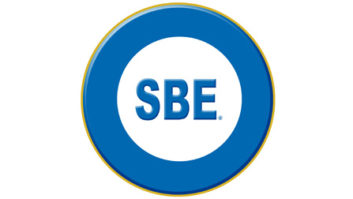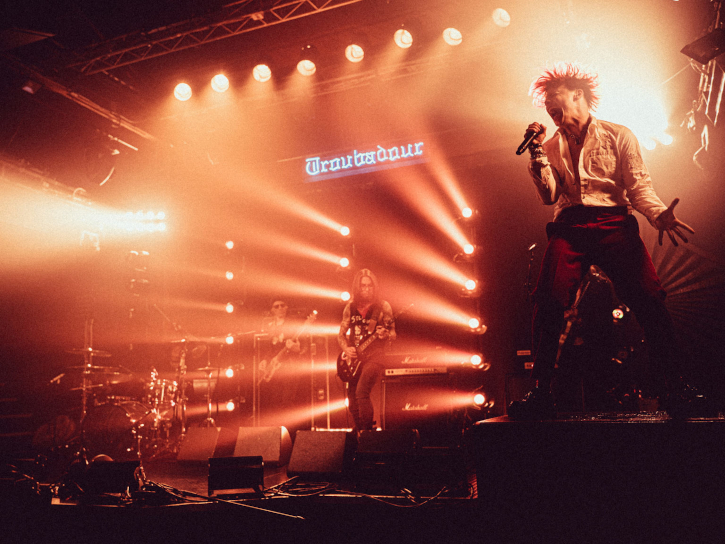
In the 12 months since the World Health Organization declared the global COVID-19 outbreak a pandemic, the music livestream production business has chalked up some remarkable records and is now looking toward what could be a bright future. Livestreaming is not new, of course, but when venues were shuttered last year, a surge in virtual concerts helped fans scratch the live music itch while artists were able to earn some income in an otherwise lackluster year.
“The pandemic certainly accelerated the music industry’s adoption of livestreaming, in terms of artist awareness, artists’ willingness to explore it and fans’ interest in it,” says game entrepreneur Gordon Su, CEO of Sessions, which launched in April 2020. Su co-founded the interactive livestreaming platform with Pandora founder Tim Westergren, aiming to help both established and up-and-coming artists build their audiences and generate income.
Livestreaming certainly exploded this past year. Europe’s Tomorrowland EDM festival in July attracted a pay-per-view audience of over one million, more than doubling 2019’s in-person attendance. In October, BTS sold 993,000 livestream concert tickets, offsetting some of the revenue the K-pop band lost when it had to cancel a 40-date tour. More recently, on Valentine’s Day, Justin Bieber’s live performance on TikTok attracted more than four million unique views.
Taking Notice
Billboard and Pollstar have taken notice, both launching new charts tracking artists’ livestream tallies. And as Billboard recently reported, U.S. consumers spent $610 million on virtual concerts in 2020, more than they forked over for either music downloads or CDs.
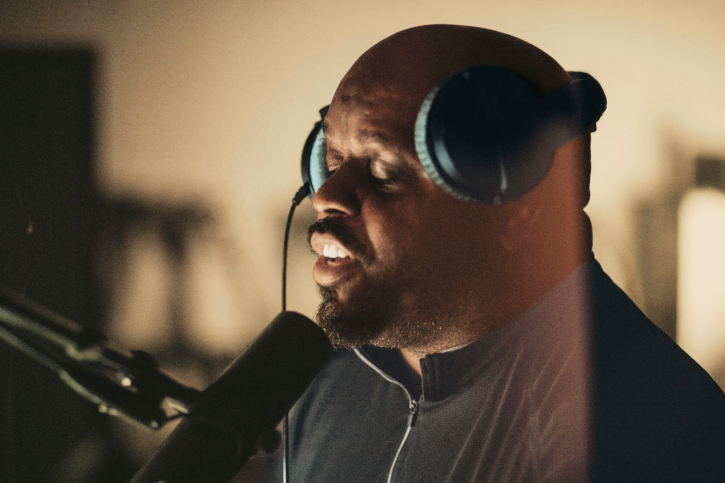
The concert industry has also cottoned on to livestream production. In January, entertainment juggernaut Live Nation acquired a majority stake in streaming platform Veeps, which launched in 2017. On Mar. 22, Todd Rundgren wrapped a novel 25-show virtual tour, performing and streaming live from Chicago at 8 p.m. local time at each city on the route.
While many practitioners have been working in the field for 10, even 20 years, livestreaming came to most people’s attention around 2015, when Twitter introduced Periscope. Established platforms, including Facebook, YouTube and Twitch, soon followed suit with new live streaming products.
Over the past year, the number of companies offering music livestreaming suddenly went through the roof. “This time last year, I had three to five competitors. Now there are estimated to be between 100 and 200 pay-per-view livestreaming companies, just for music,” says John Petrocelli, founder and CEO of Bulldog DM.
Music producer and musician Kerry Brown was one of those launching a new company, Rolling Live Studios, in June. He’s no Johnny-come-lately; as one example, he partnered with Roland to do its first global livestream for 909 Day in 2016.
“For years, I was pitching promoters and artists to do virtual meet and greets, aftershows and ancillaries; no one wanted to listen,” says Brown. “They either thought it would be pennies compared to the dollars they were making, or it would take away from the live experience.”
When COVID initially closed everything down, he says, “It was interesting how unprepared the big players were for this, and still are, including the network guys. Very few people know how to do it.”
Indeed, livestream production requires some expertise with the technologies, but while the tech may be too daunting for some artists and their teams, others have jumped in with both feet.
Bee’s Knees
“TourGigs has been in concert filming and livestreaming since 2013,” says company COO Sean Barnicle. TourGigs did more than 190 sets of livestreams in 2019, many in collaboration with sister streaming technology company Gigcasters. Clients include Umphrey’s McGee, with whom they have done more than 100 shows, and String Cheese Incident — “bands that are very adventurous and technologically savvy,” he says.
“A really full-sounding stereo mix is still the bee’s knees for us,” says Barnicle, who is also exploring the potential of Dolby Atmos. “Someone like [Umphrey’s McGee FOH engineer] Chris Mitchell knows how to mic shows to make it interesting. You want some crowd and ambient mics, but you want control of the levels. Chris has it dialed, but if we don’t know the band, more than half the time, we will bring in an audio person and do a submix.”
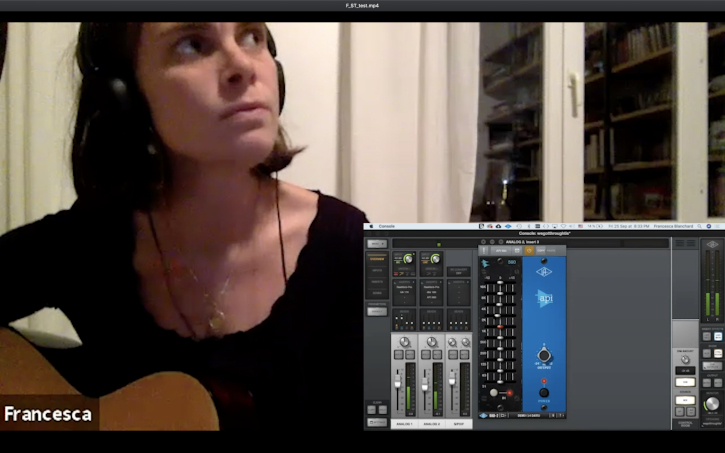
Sessions works similarly, says Guy Streit, head of production. Clients’ engineers need to remember, he says, “They’re not mixing to the front-of-house; they’re mixing to a broadcast. We have producers that are with them, virtually, to listen in and make sure that the mixes are to our standard.”
“We work with the artist’s team to make sure that their sound and look and how they want to present themselves carries through in the best way to the audience,” adds Jesse Dondero, director, program management and production. That extends to the rising artists admitted to the Sessions platform, each of whom is paired with a coach. “They review the streams and give them guidance. We also have tips and tricks for anyone getting started,” he says, such as how to improve their audio or use a virtual mixer.
Stephen Tucker, a broadcast and streaming veteran, launched his Livestream Remote operation shortly after lockdown. “Since May, we’ve done 280 streams, 40 concerts,” he says. That includes work with Daniel Kramer’s “UnderCover” series, where two bands cover each other’s songs. Kramer, Tucker and a third partner have now formed The Control Room, a livestream production, branding and marketing strategy company that sits between producers and distributors in the chain.
One UnderCover artist was in France. “I mixed her rig in Paris from my studio,” Tucker says, using Zoom’s remote-control capabilities. He was an early adopter of remote control and uses it on his own “Morningside Sessions” show. “I send my sound engineers my virtual board. I have them mix my show and do the cues, and I just host.”
TourGigs has performed similar technological feats, says Barnicle. Adam Robinson, Josh Groban’s engineer, mixed an L.A. show from his home in Chicago. “The audio was going from Los Angeles to Chicago on the internet, then back to Los Angeles to be married to the video. The video went to our operations center in Texas and from our servers to the globe. They had to do some math, but they got it to work — and it was amazing.”
Livestreaming is a powerful marketing tool, especially as artists prepare for the world to reopen, post-pandemic. Bulldog DM helped with Bieber’s TikTok stream, says Petrocelli. As a free stream following right on the heels of Bieber’s New Year’s Eve pay-per-view event, “If I’m one of those four million [viewers], I’m buying a ticket to his show,” he says. Bieber’s world tour begins June 2 in San Diego, Calif.
Advantages
Unlike broadcast television, livestream production allows platforms to analyze viewers’ data, and to a granular level, identify who in what country watched on which type and brand of device using what operating system. TourGigs has been working with some major artists during the pandemic, doing drive-in shows or performing in empty clubs or Hollywood soundstages. “When they threw it out there, the whole world got back to us,” says Barnicle. The data showed that Trans-Siberian Orchestra was watched in 101 countries, Josh Groban in 85, Billy Gibbons in more than 60 and Air Supply in over 40, he reports — a broader reach than any physical world tour.
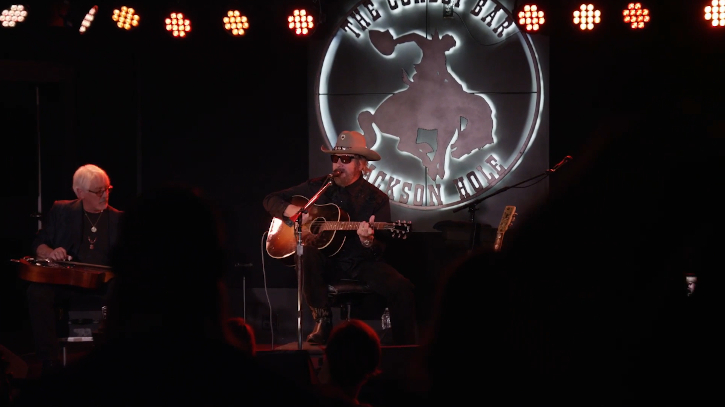
Virtual concerts have now become so ubiquitous that Rolling Live is producing a constant flow. “We do all the streams for the Bowery Electric out of New York City,” says Brown. “What started as an iPhone in Jesse Malin’s apartment is now eight cameras, a video switcher and a full production crew, almost every day, doing ticketed live streams.”
That has allowed Brown to focus on big curated events, like “A Bowie Celebration,” a 74th birthday special that mirrored Bowie’s 50th at Madison Square Garden and included 40 Bowie band alumni. “It was a global livestream with some of the most iconic musicians in the world paying tribute to one of the most iconic artists in the world,” says Brown.
For the celebration, Rolling Live worked with Logitech company Streamlabs, which develops fan engagement software. Brown has now formed a business partnership with the company.
Fan engagement, which comes to music livestream production from the gaming world, is key to the Sessions platform, even for hybrid shows, where there is also an audience in the venue. “We did one with Hank Williams, Jr. where the livestream did almost as well as the physical show, financially,” says Su. “The potential of the hybrid show is not just the extended reach, but also the potential of that interactivity, both from virtual fans tuning in but also fans in the space being able to interact live with the artist in real time.”
For Barnicle, it also goes beyond commerce. “Music heals, motivates and consoles and does things that have been crucial in this period. We really do believe we’re playing a role in helping get this art and music out to the world.”

